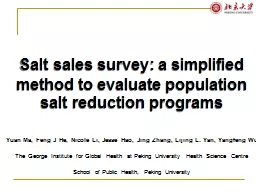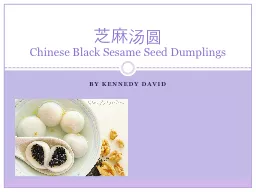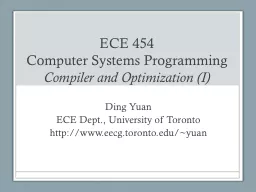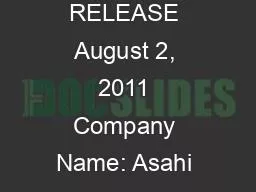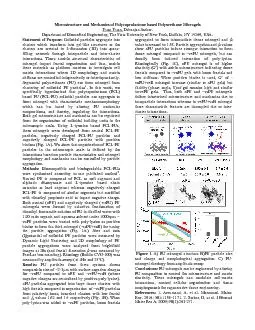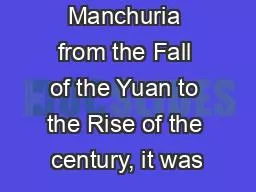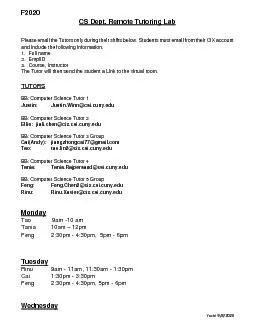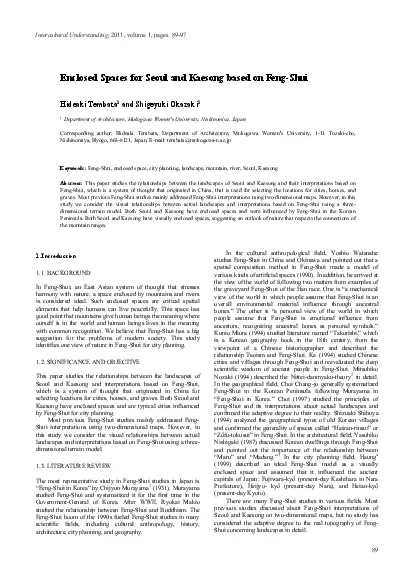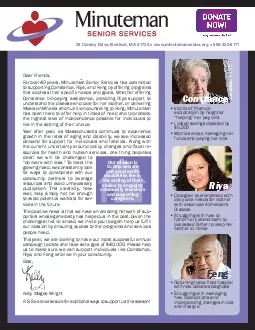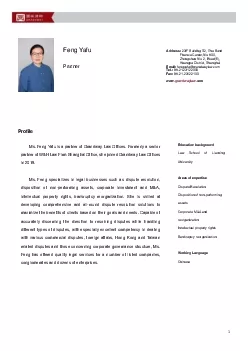PPT-Yuan Ma, Feng J He, Nicole
Author : faustina-dinatale | Published Date : 2018-10-22
Li Jesse Hao Jing Zhang Lijing L Yan Yangfeng Wu The George Institute for Global Health at Peking University Health Science Centre School of Public Health
Presentation Embed Code
Download Presentation
Download Presentation The PPT/PDF document "Yuan Ma, Feng J He, Nicole" is the property of its rightful owner. Permission is granted to download and print the materials on this website for personal, non-commercial use only, and to display it on your personal computer provided you do not modify the materials and that you retain all copyright notices contained in the materials. By downloading content from our website, you accept the terms of this agreement.
Yuan Ma, Feng J He, Nicole: Transcript
Download Rules Of Document
"Yuan Ma, Feng J He, Nicole"The content belongs to its owner. You may download and print it for personal use, without modification, and keep all copyright notices. By downloading, you agree to these terms.
Related Documents

